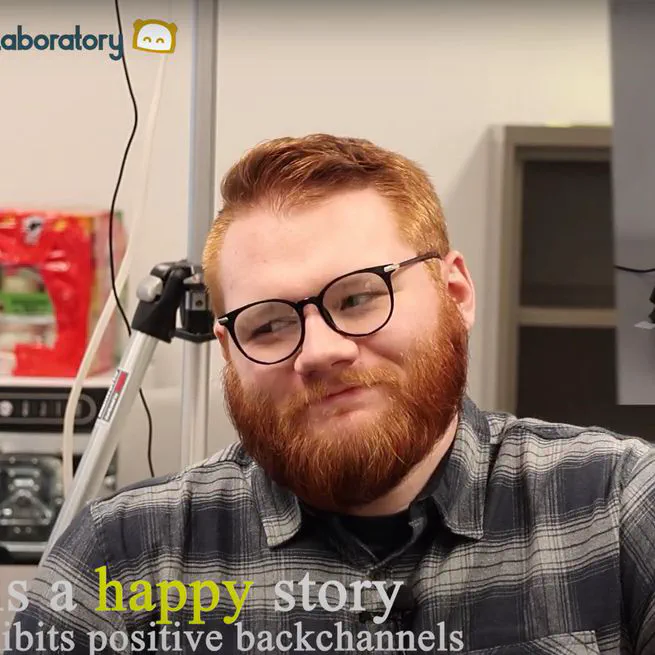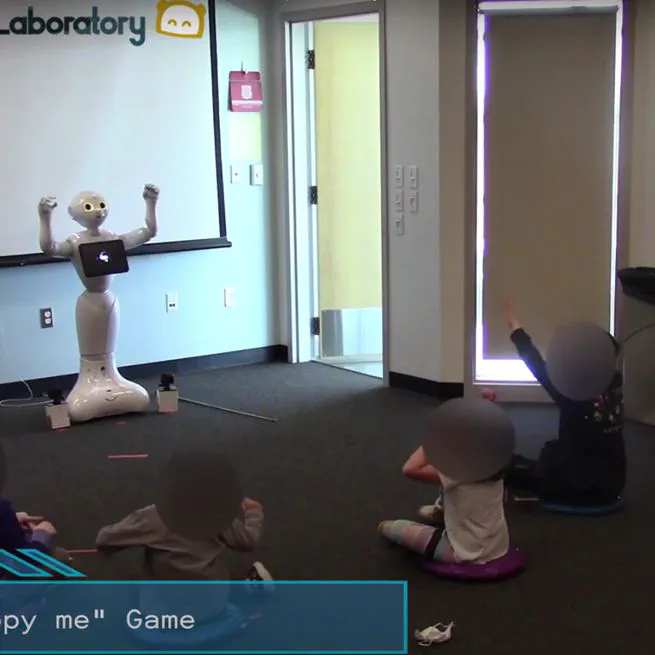Jan 1, 2025
Jan 1, 2024
Jan 1, 2024
Jan 1, 2024
Jan 1, 2023
Jan 1, 2023

Abstract: Backchanneling models, designed to enhance the interactive capabilities of robots, have primarily been trained on human-human interaction data. However, applying such data directly to social robots raises concerns due to dissimilarities in the way humans and robots exhibit verbal and nonverbal behaviors, particularly in the domain of emotional backchannels. This research aims to address this gap by conducting an exploratory study on the differences in human backchanneling behaviors during interactions with humans and social robots in various emotional contexts (e.g., happy and sad). Our findings reveal significant variations in emotionally specific backchannels between human-human and human-robot interactions under different emotional contexts. These results highlight the importance of designing backchanneling models that are tailored for human-robot interactions.
Jan 1, 2023

Abstract: Children diagnosed with autism spectrum disorder (ASD) typically work towards acquiring skills to participate in a regular classroom setting such as attending and appropriately responding to an instructor’s requests. Social robots have the potential to support children with ASD in learning group-interaction skills. However, the majority of studies that target children with ASD’s interactions with social robots have been limited to one-on-one interactions. Group interaction sessions present unique challenges such as the unpredictable behaviors of the other children participating in the group intervention session and shared attention from the instructor. We present the design of a robot-mediated group interaction intervention for children with ASD to enable them to practice the skills required to participate in a classroom. We also present a study investigating differences in children’s learning behaviors during robot-led and human-led group interventions over multiple intervention sessions. Results of this study suggests that children with ASD’s learning behaviors are similar during human and robot instruction. Furthermore, preliminary results of this study suggest that a novelty effect was not observed when children interacted with the robot over multiple sessions.
Jan 1, 2022
Jan 1, 2022
Jan 1, 2022